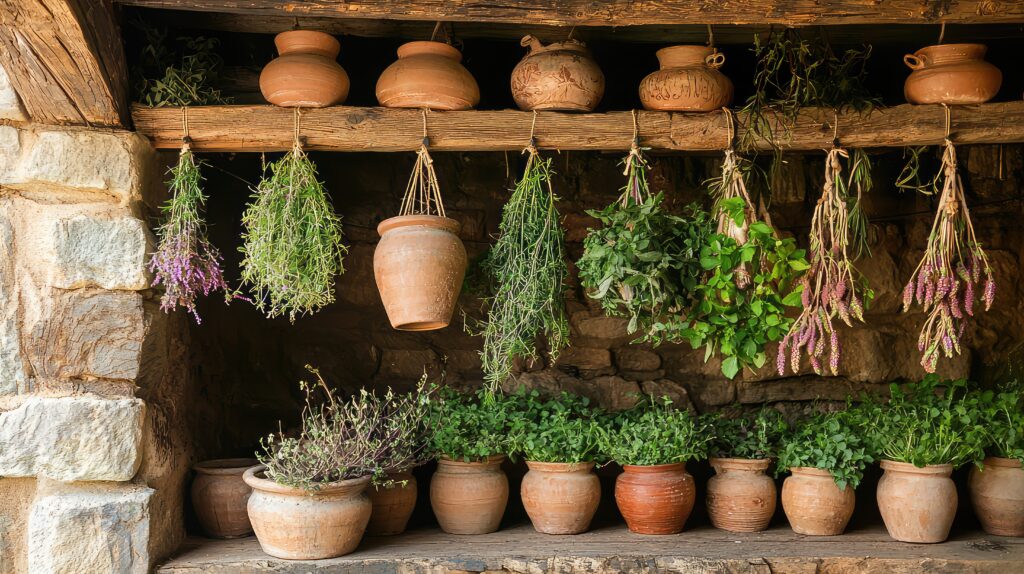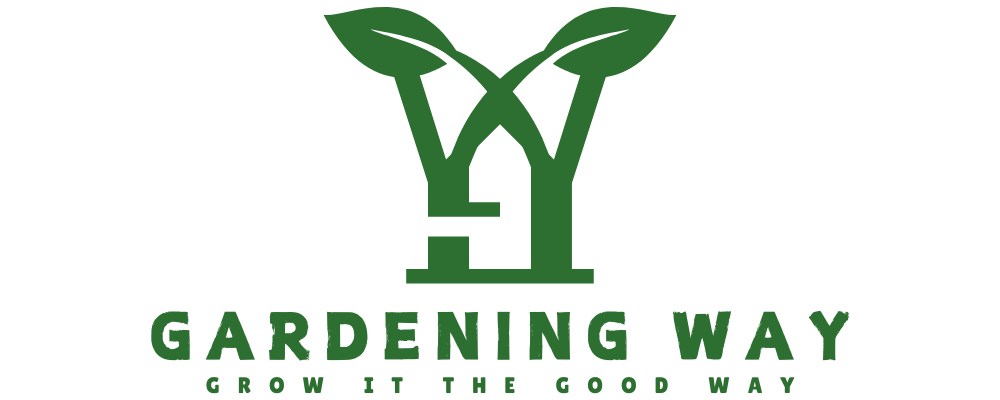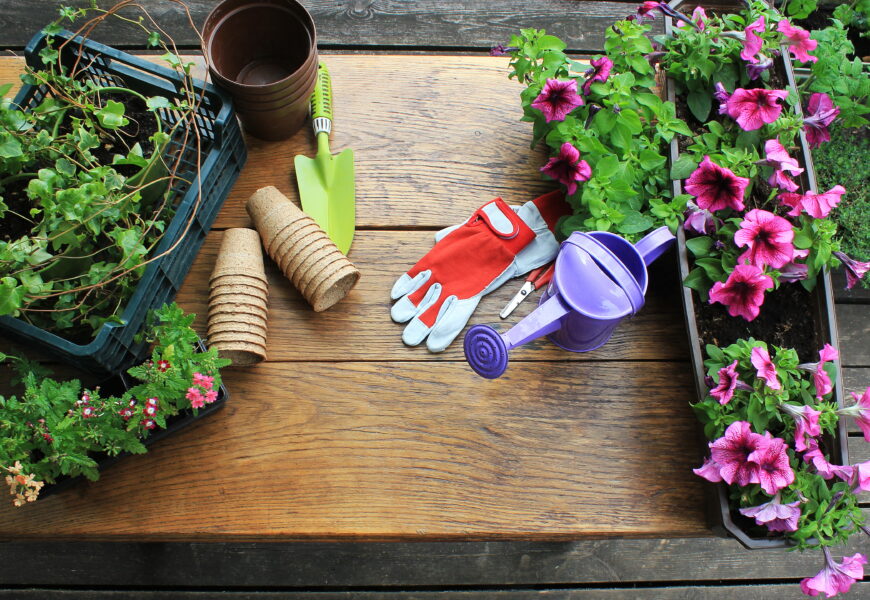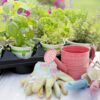Are you dreaming of a fresh herb garden but don’t know where to start? Growing your herbs is one of the most rewarding ways to begin your gardening journey. Not only will you have fresh, flavorful ingredients at your fingertips, but you’ll also discover just how easy and enjoyable herb gardening can be.
Why Start an Herb Garden?
Before diving into the how-to’s, let’s explore why herb gardening is the perfect entry point for aspiring gardeners. Fresh herbs elevate your cooking, save money on grocery bills, and provide a sustainable source of flavoring for your favorite dishes. Plus, many herbs have medicinal properties and can be used for natural remedies or aromatic purposes.
Essential Tools for Success
Getting started doesn’t require a considerable investment. Here’s what you’ll need:
- Quality potting soil rich in organic matter
- Containers with suitable drainage holes
- Essential gardening tools (trowel, pruning shears, watering can)
- Seeds or seedlings of your chosen herbs
- Plant markers or labels
- A sunny windowsill or outdoor space

Choosing Your First Herbs
For beginners, these herbs offer the best chance of success:
- Basil: Perfect for Italian cuisine and pesto
- Mint: Hardy and vigorous (best grown in containers)
- Parsley: Versatile and nutrient-rich
- Chives: Easy to grow and maintain
- Thyme: Drought-resistant and low-maintenance
Location, Location, Location
Most herbs need 6-8 hours of sunlight daily. South-facing windows are ideal for indoor growing, while a partially shaded spot works well for outdoor gardens in hot climates. Consider your local climate and available space when choosing between indoor and outdoor cultivation.
Planting Your Herbs
Follow these steps for successful herb planting:
- Fill containers with well-draining potting mix
- Plant seeds according to package directions or transplant seedlings
- Water thoroughly but gently
- Place in appropriate lighting
- Label each plant clearly
Maintenance Tips for Success
Watering
Check soil moisture regularly – herbs prefer consistently moist but not waterlogged soil. Water when the top inch feels dry to the touch.
Pruning
Regular harvesting encourages bushier growth. Pinch off flower buds to maintain leaf production and prevent herbs from becoming bitter.
Fertilizing
Use organic fertilizer sparingly – herbs actually develop better flavor with slightly lean growing conditions.
Common Challenges and Solutions
Pest Management
- Inspect plants regularly for signs of insects
- Use natural pest deterrents like neem oil
- Ensure good air circulation between plants
- Remove affected leaves promptly
Disease Prevention
- Avoid overhead watering
- Maintain proper spacing between plants
- Clean tools between uses
- Remove dead or yellowing foliage
Harvesting and Storage
The best time to harvest herbs is in the morning after dew has dried but before the heat of the day. Cut stems just above a leaf node to encourage new growth. For storage, you can:
- Use fresh immediately
- Dry bundles hanging upside down
- Freeze in ice cube trays with olive oil
- Store in paper bags in a cool, dark place
Seasonal Considerations
Adjust your care routine with the seasons:
- Spring: Start seeds indoors
- Summer: Protect from intense heat
- Fall: Begin bringing tender herbs indoors
- Winter: Provide supplemental lighting if needed
Final Thoughts
Remember, every gardener started as a beginner. Don’t be discouraged by early setbacks – they’re valuable learning experiences. Start small, observe your plants closely, and adjust your care routine based on their response. With time and patience, you’ll develop a thriving herb garden that brings joy and flavor to your kitchen.
Ready to start your herb gardening journey? Gather your supplies, choose your favorite herbs, and get growing! Your future self will thank you for taking this first step into the rewarding world of herb gardening.




